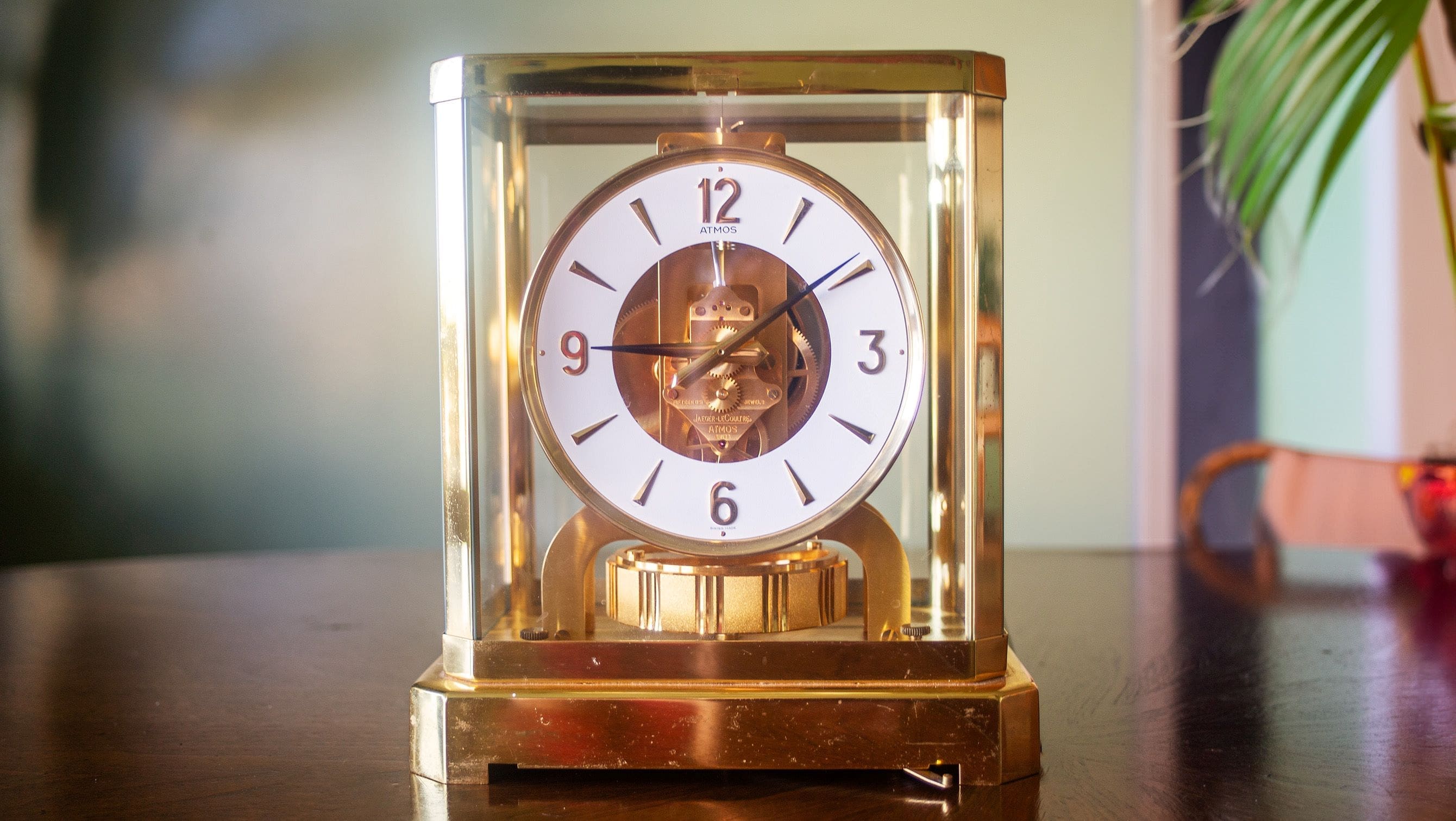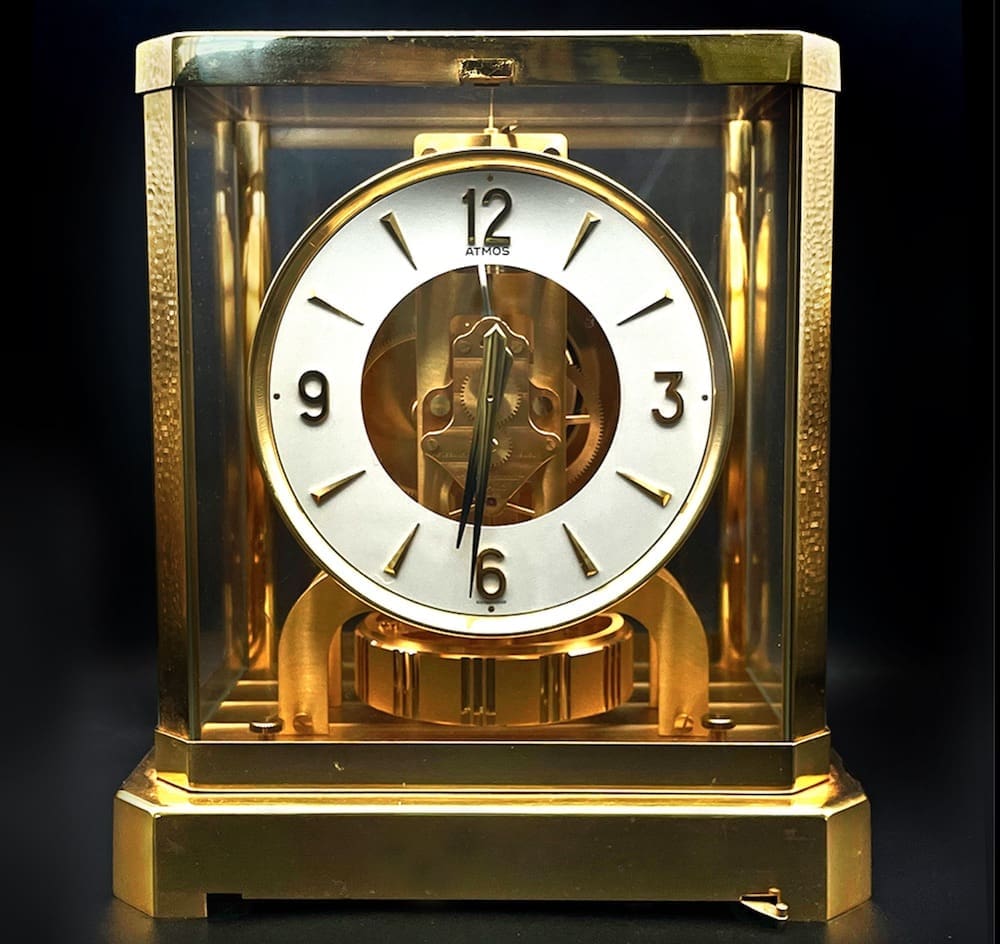How my grandfather’s Jaeger-LeCoultre Atmos taught me to appreciate every moment
Adam ReederTime is both a gift and a cruel joke. As we get older, we wish for more of it. But we forget that when we were young, it never passed quickly enough. We wanted to be old enough to go out on our own, old enough to drive, or old enough to leave our parents’ homes. Then one day, our wish is granted. The slow creep of time speeds up and the years begin to rush by. We realise that we were living with an embarrassment of riches all along, and wonder if we squandered it. Perhaps life’s greatest lesson is to respect its fleeting nature, though we never listen when others give us this sage advice. It’s a lesson that we usually learn through experience, with youth in the rearview mirror. Thankfully, I had some help in learning this lesson earlier than most. My grandfather’s majestic Jaeger-LeCoultre Atmos clock helped to teach me that every second is a gift in a way that few objects could have.
Atmos origins
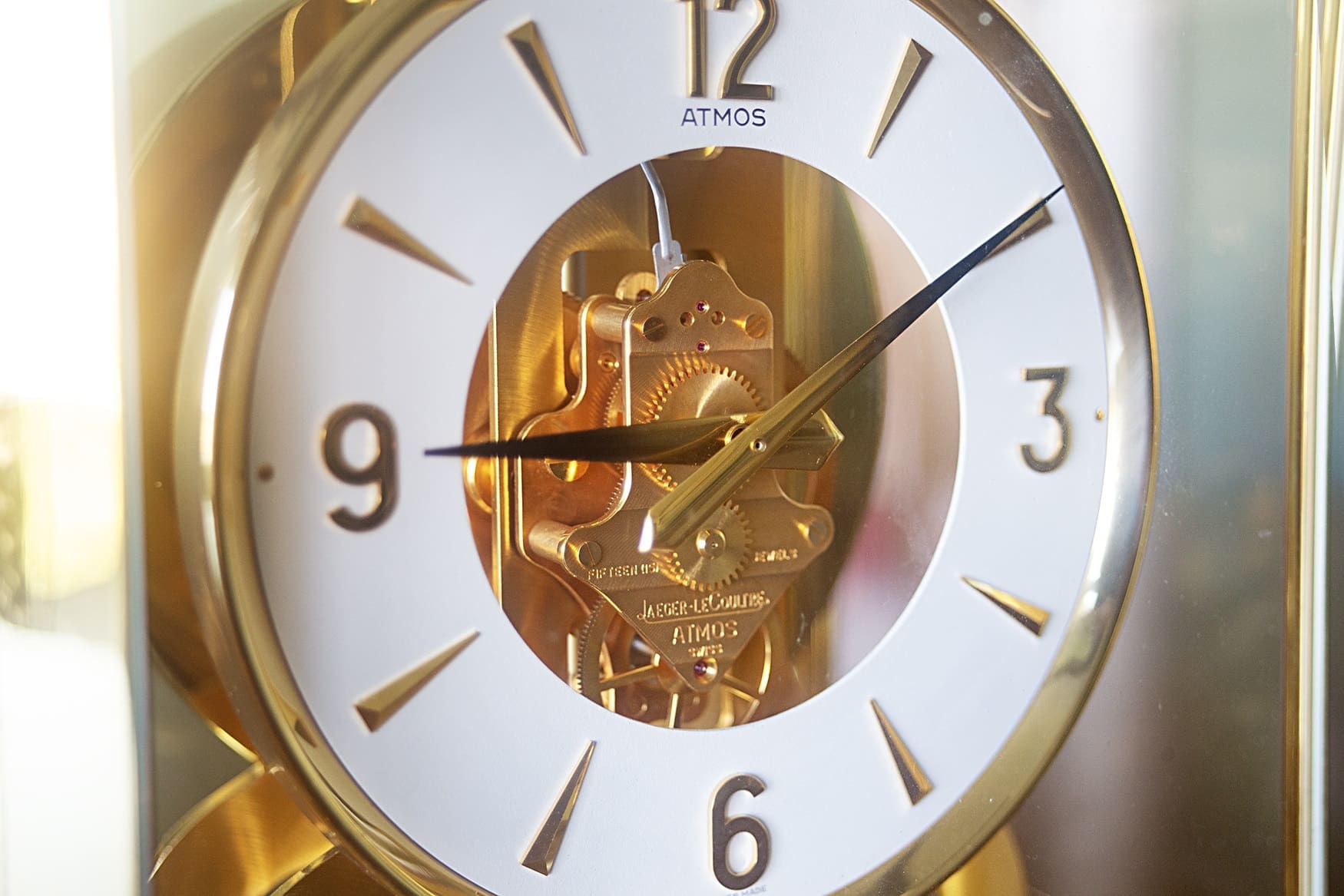
In 1928, Swiss engineer Jean-Léon Reutter patented a clock that used atmospheric changes to keep the time (hence the Atmos moniker). Reutter’s goal was a clock that would run forever. His creation came close to that dream. A torsion pendulum clock, the Atmos winds itself on air alone, requiring no help from human hands. While modern Atmos clocks use temperature changes and liquid ethyl chloride to keep time, the original design harnessed barometric pressure through the use of mercury.
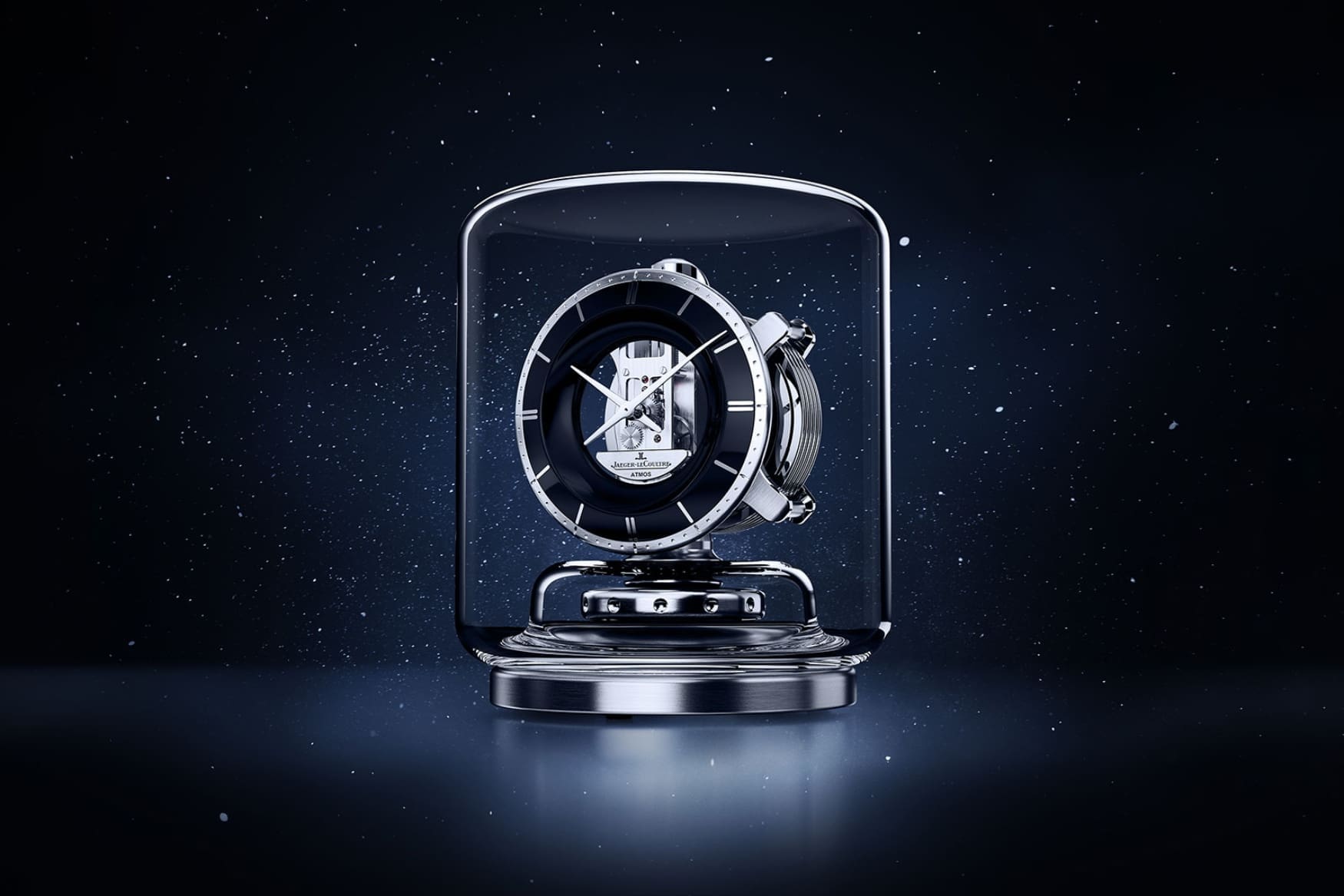
The basic outcome of the Atmos’ design is no different than almost any other clock or watch. It’s how energy is collected that makes the clock’s design so unique. The bellows, which hang beneath the movement, contain a mixture of liquid and gas that react with atmospheric shifts. Any change in temperature causes a reaction in the mixture, resulting in a rotation of the bellows This rotation then winds the mainspring. That energy is stored and eventually released through the escapement.
Reutter’s design could run perpetually for decades without needing a service or repair. While clocks that used temperature shifts for winding had existed previously, Reutter’s clock was nearly perfect in its brilliant simplicity and durable modern build. Even today, the Atmos is one of the most revered clocks in the world and its design has remained largely unchanged for nearly a century.
A man’s journey through time

My grandfather’s story, coincidentally, begins in a rural family farmhouse just like JLC’s. He was born in 1917 and grew up with little, in Indiana farm country. He came of age in the depression and was even fostered out to another family because his parents had no money to buy food. He studied hard in school and eventually attended Purdue University, paying for it by milking cows at a dairy when he wasn’t studying.
He got a degree in chemistry, enlisted in the US Navy during WWII, and then came home to settle in Chicago. He worked as a chemist for a large dairy company. They sent him all over the world to resolve issues of dairy-born bacteria any time people became ill from drinking their milk. He travelled to Jamaica, Peru, Chile, and Japan, among other countries. I like to think of him as the James Bond of milk.
He retired from the company in 1981 after more than 30 years of service. As thanks, the company gifted him a gorgeous 24k gold-plated Jaeger-LeCoultre Atmos. This type of corporate retirement gift became popular in the 1950s and remains so to this day. My grandfather even quipped in his retirement speech that he was finally part of the OFWACC, or Old Fart With a Clock Club, to the uninitiated.
Jokes aside, my grandfather was never one to take nice things for granted. He’d grown up with so little that he was grateful for everything he had. He was also not one to buy things for himself that he considered luxurious. That just wasn’t his style.
However, he was proud of the beautiful clock. Being a trained scientist, he must’ve admired the engineering behind such an ingenious piece of machinery. He placed it on a mantle in his living room, in perhaps the most visible spot in the whole house.
First brush with luxury timepieces
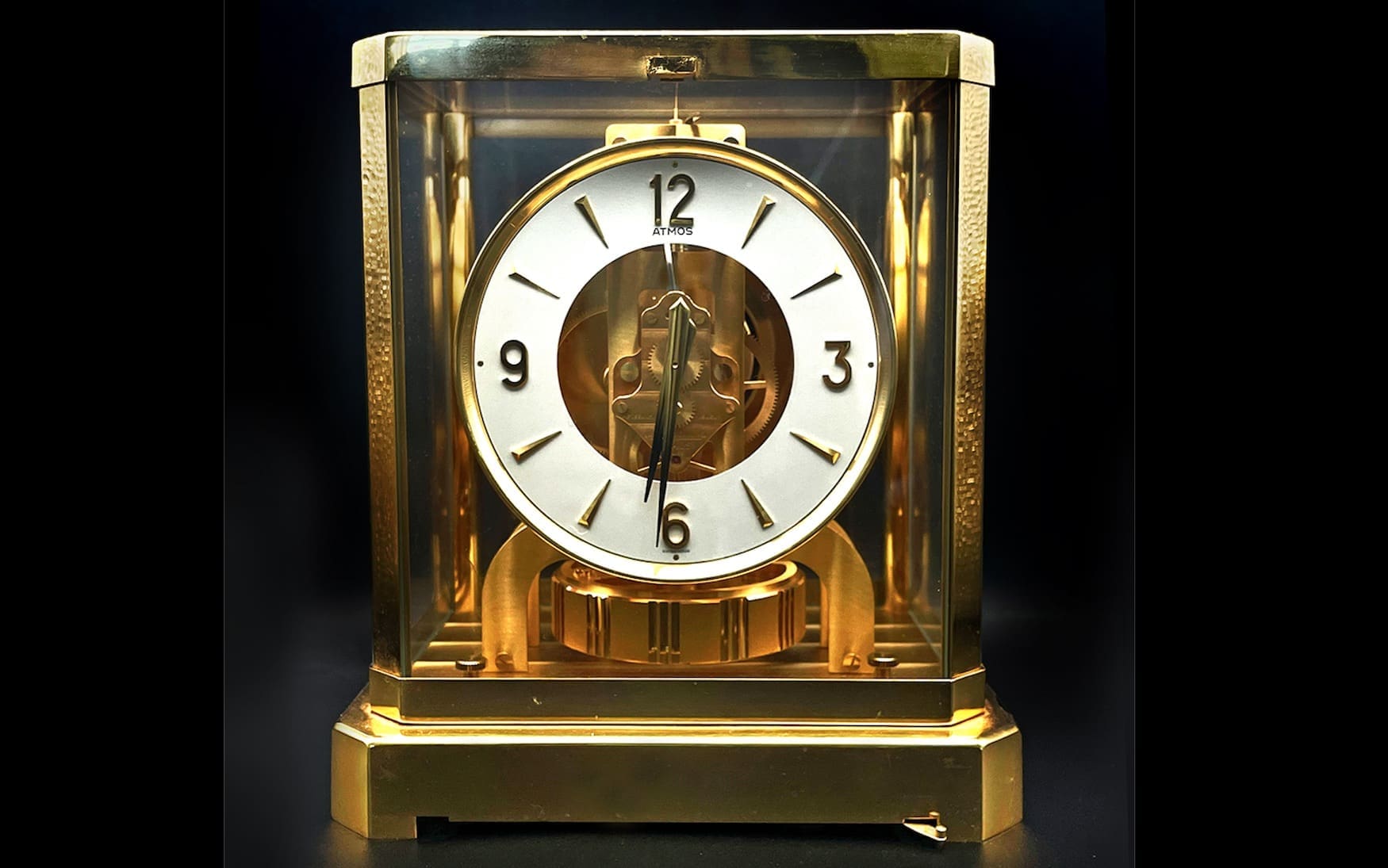
I distinctly remember the first time I saw it. The Atmos is hard to miss, especially the 24k gold-plated finish. I was only 11, but I remember thinking that it looked expensive. The way the bellows’ rotation reflected the lights like a flat gold disco ball was mesmerising. I loved seeing the clock’s interior and trying to figure out how it worked (I never did).
As children, we’re all drawn to shiny things. That’s what kept me watching the clock every time I went to my grandfather’s house. His was a typically midwestern American home. It was simple and relatively drab. The gold Atmos on the mantle was an undeniable beacon in the home. Anyone who entered noticed it immediately because it stood in such contrast to the rest of the humble décor. The Atmos was my first exposure to any luxury timepiece and was one of the first things that made me fall in love with mechanical clocks and watches. I probably wouldn’t be writing for Time+Tide were it not for this incredibly beautiful clock from one of my favourite brands.
Aside from a basic appreciation for its beauty and engineering, the clock caused reflection in me. That’s not an easy task for any 11-year-old boy. But watching that clock, which happened to be right at my eye level, tick away became a welcome respite from the frenetic stream of consciousness that afflicts most small children. It gave me my first experience with any sort of meditation. It was constant, calming, and offered an excuse to simply stop and enjoy the moment.
The wheels of time
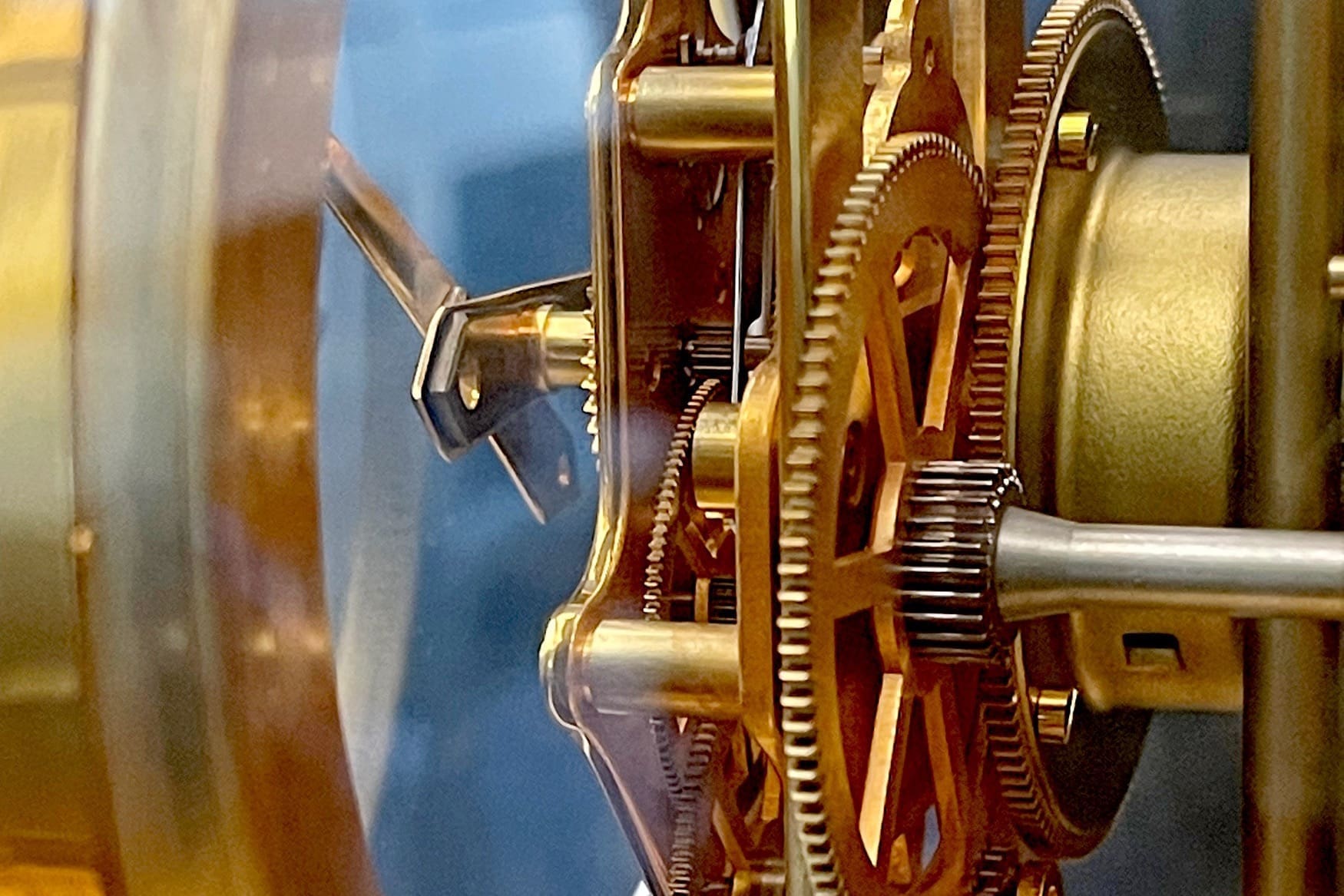
As I continued to visit my grandfather throughout the remaining three decades of his life, I watched him change drastically. But the Atmos remained steadfast in its unyielding march forward. It sat in the same spot for all those years (as did my grandfather), both reminding me to respect life’s unwavering inertia.
When my grandfather passed away at 93 years old, the clock was given to my father. It now sits on a similar mantle in his living room. Upon first noticing the clock on his grandparents’ mantle, my young son remarked “Is that real gold? We’re rich!” I assure you, dear reader, we are not.
It was amazing to see the same awe in my son as I remember feeling when I first saw the beautiful clock. It was one more reminder from the Atmos that every new generation makes their own discoveries and learns the important lessons of life in their own time. This clock, which began as a memento of my grandfather’s years of service to his company, has now become a part of our family’s personal history.
Despite the high demand for vintage Jaeger-LeCoultre timepieces, my father will likely pass the Atmos on to me one day. I will do the same with my son. It will continue to move my family’s story forward through the decades, and that’s what I love about this incredible and inspirational little clock. I can only hope it continues to inspire, comfort, and teach invaluable lessons to my family for generations to come.




